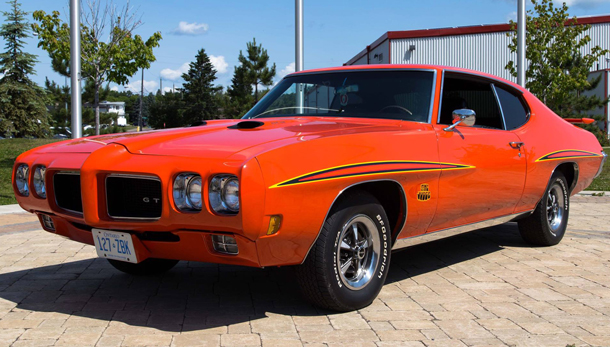

The undercarriage of your car is vulnerable to rusting than any other part. This is because it’s usually exposed to agents of rusting that include acid rain, ice, and salt. Rusting actually happens when metal is exposed to moisture and dust. A rusty undercarriage causes your car to wear out much faster. In fact, such a car can’t fetch good money because it can only be bought at a throwaway price. Rustproofing is the best solution for preventing rusting from taking place. This is due to the fact that it creates a barrier between the undercarriage and the corrosive agents. However, there are certain issues that you must first consider before rust proofing underneath your car as explained below.
- Intensity of Rust
Although rustproofing can help in restoring the underneath of your car, there are some instances when it might not make sense. This is because rustproofing options only work when corrosion has not spread deeply to an extent of causing the sheets to start cracking. Again, if the car is too old, you will have to consider replacing the parts that have already been worn out by rust. As a matter of fact, rust proofing an old car is just a waste of time and money. But if the rust has not eaten into the sheets that much, the undercarriage can be salvaged by spraying it with a specially formulated solution. It’s therefore important to first examine the underneath of the car before taking it to your local service station. Remember, they can’t advise you against rustproofing because all they want it to make money by giving you a service that may not be necessary.
- Where the Car is Used
Cars that are used on rough and muddy roads are more vulnerable to rusting than those that are driven on roads that have tarmac. If you are working on a project that requires you to drive your car on rough roads, you will have to rustproof it more often. This is because mud and dust are very unforgiving. When they stick on any surface, they create a favorable condition for the process of oxidation to take place. In fact, it’s advisable you first wash the undercarriage of your car with pressurized water as it helps in ensuring that you don’t rustproof on top of either dust or mud. If you rustproof on a dirty undercarriage, the paint will start peeling off after just a few days.
- The condition of the Car
Rustproofing is not recommended for brand new cars. This is because most manufacturers rustproof the materials that they use to make their cars at the factory by dipping them into a special solution. If you have just bought a new car, you should use it for at least six months and rust proof it. Lest you forget, rustproofing comes at a cost. Unless you are willing to buy the paint and spray it yourself, you should wait until you have used the car for several months.
- Climate
Since corrosion of the undercarriage is usually caused by salt and acid rain, you should consider the climate before rustproofing. You should actually avoid spraying underneath the car during wet weather because the paint may not dry fast as intended, In fact, the rainwater can also wash away the paint and leave the undercarriage bare.
Image: depositphotos.com

